
How do you identify a golf addict? If you check your phone in the middle of the night to see if your handicap has changed, that’s one possible sign. Collecting ball markers, keeping a list of all the golf courses that you have played and buying new golf gear when you really don’t need it are also signs of an addiction – albeit a healthy one.
One of the biggest tell tale signs of them all, however, is the golfer who can’t pass a beautiful piece of countryside or go on a coastal walk without remarking how such terrain would make for a wonderful golf course.
We 're those nerds. In fact, we frequently discuss where we’d like to see new courses and, recently, we even started to give them names. Some might be a little far fetched; others might tempt a top architect to start laying out some plans.
Braunton Burrows, Devon
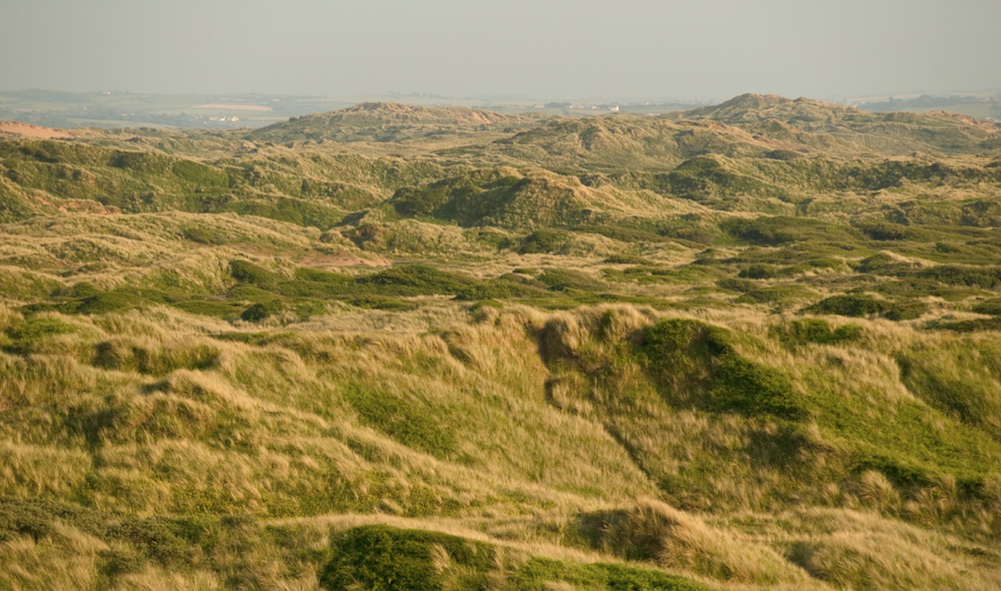
Anyone in the know will be aware that two world-class links already flank this incredible dune system on the north Devon coast – the East and West courses at Saunton. So why build another right next door?
To find the answer, head up to the Saunton Sands hotel, which gazes out over a vast sandy beach to the right and those two splendid Saunton courses away to the left. In between lie the Braunton Burrows, a spectacular, rollercoaster dunescape that any course architect worth his salt would happily sell his grandmother to get his hands on.
Think Trump International in Aberdeen, or Trump Doonbeg in County Clare… and then some! Several holes along the valleys between the dunes would simply present themselves as a fait accompli without any need to get creative. Other holes would climb the dune ridges or cascade back down from them. As for hole names, well, American troops trained here for the D-Day landings so a mix of military terms, regiments and the famous beach names of northern France would provide a fitting tribute to the land’s past.
Of course, the chances of land like this ever now being given over to golf are less than zero given that it is a UNESCO Biosphere Reserve. But we can but dream…
Wast Water Screes Golf Resort, Cumbria
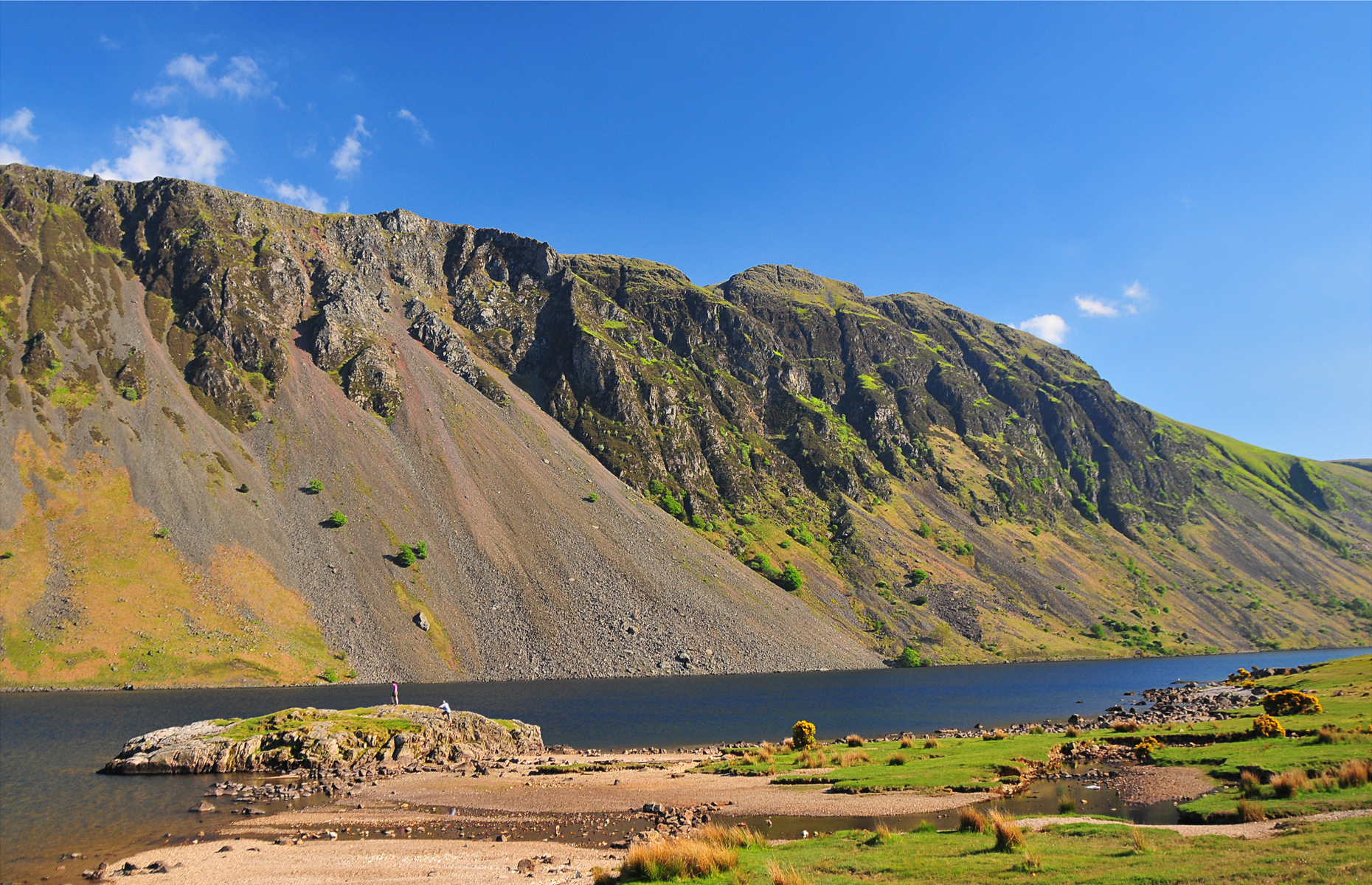
The Lake District is one of England’s most popular tourist regions, so another golf course or two wouldn’t go amiss, right? Well, it’s never going to happen with most of the area part of a large National Park, but if it were to, you’d need to find somewhere well away from the tourist hotspots of Windermere and Keswick.
A golf course along the northern shores of Wast Water, one of the region’s most visually dramatic lakes, would be a must-play. It would get its name from the screes that drop steeply into its southern shores and which would form a distracting backdrop for the whole round. The lake is about three miles long and clever design would see an out-and-back routing along the northern shore in a narrow figure-of-eight configuration so the lakeside holes would be on the right for half of the front nine and then the left for half of the back nine.
As a final flourish, the closing hole would see you play across a narrow inlet at the bottom end of the lake to a green set close to a clubhouse at the foot of the screes.
Freshfield Heath, Merseyside
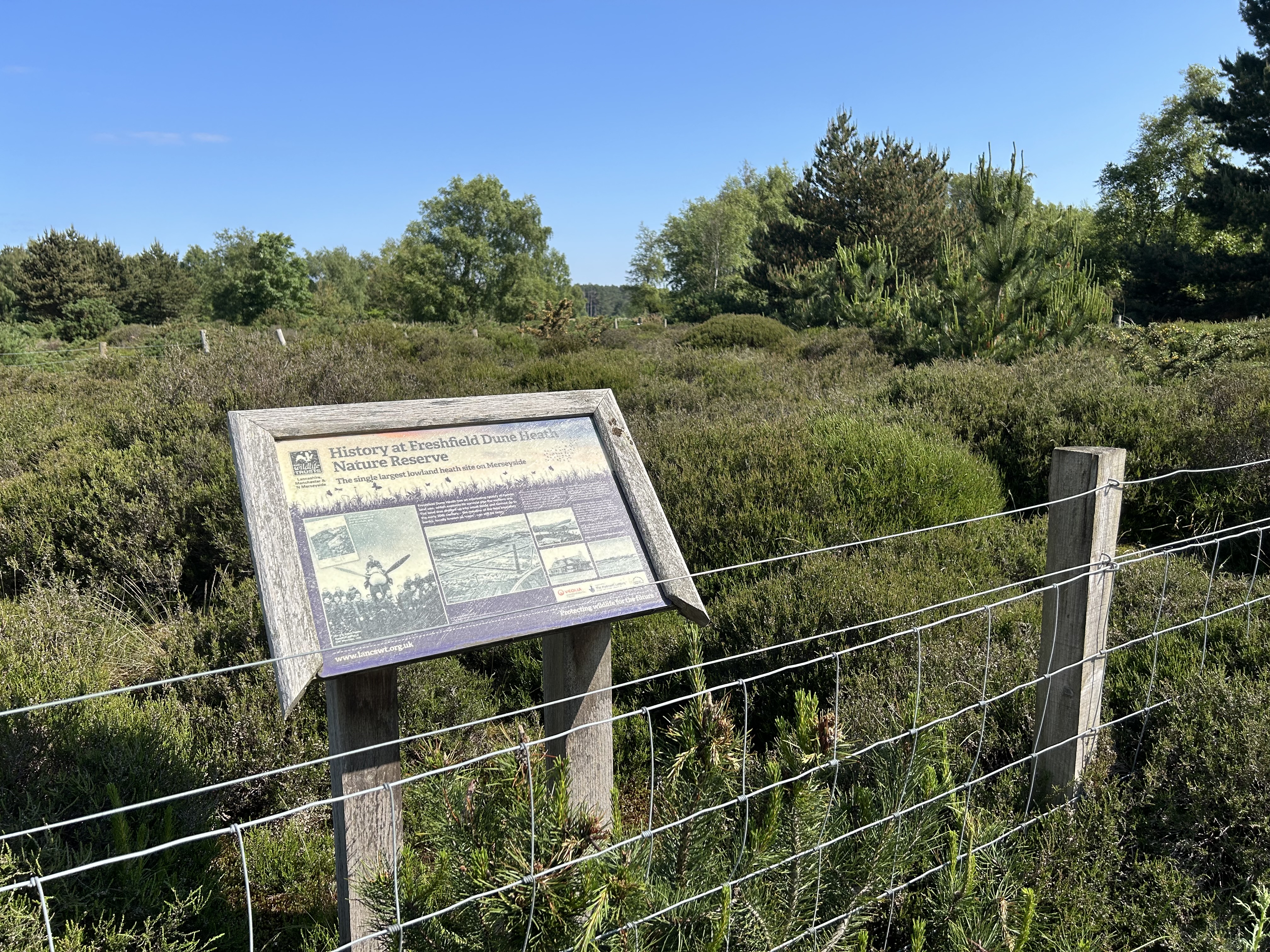
England’s Golf Coast has more than its fair share of world-class golf courses: the three Royals (Lytham & St Annes, Birkdale and Liverpool), Hillside, Formby, Southport & Ainsdale, West Lancs and Wallasey, to name but a few.
There’s more than enough room for one more, a links-heathland type layout in amongst all those lovely pine trees and dunes, right alongside Formby and Formby Ladies. A course did once exist here – Liverpool Banking & Insurance Golf Club, which was founded in 1908 and become Freshfield Golf Club.
The foundations of the old clubhouse can be seen on the nearby Montagu Road Triangle heathland. In 1941, the Ministry of Defence requisitioned the course and the northern part became an airfield for the defence of Liverpool.
Adding another 18 holes here is pure fantasy. Much of the land is owned by the National Trust and we’d sooner it was preserved for the natterjack toads and dwindling population of red squirrels. Still, it remains heavenly terrain for a golf course. Maybe just nine holes…
Mount Snowdon, Wales
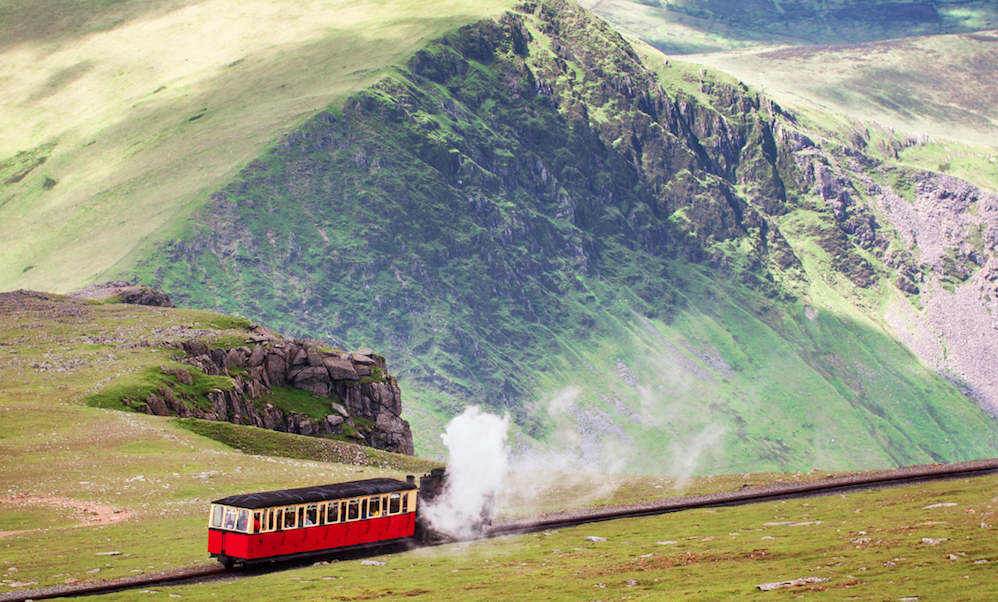
Drawing on a similar sense of derring-do to that displayed by the ingenious Victorians who engineered a railway that climbs from Llanberis to the very pinnacle of Wales, Yr Wyddfa Golf Club would be one of a kind – a one-way course hugging the track from the summit down to an 18th green set between the railway and the Llanberis Path just above town. A Halfway House café already exists!
The railway runs for 4.7 miles, or 8,272 yards, but given that there would be a few precarious stretches with no room for golf holes where you would have to walk a little way from green to tee, it would probably play to about the same length as your average members’ club, but all downhill, so plenty of scope for some flattering drives. Obviously, the chosen architect would have to think long and hard about grass species for the upper sections of the course with their harsh climate.
Your round would start with a train ride to the 1st tee at the top – the ideal chance to check all pin positions for the day, mist permitting – and in true St Andrews Old Course-style, once a year the course would be reversed so you play up to the top from the bottom – strictly for the fitter golfer only.
Royal Tresco

There is just the one golf course on the Isles of Scilly: Isles of Scilly Golf & Bowling Club – and what a beautiful one it is too. It’s located on St Mary’s, the largest of the five inhabited islands, which are located 28 miles off Land’s End, the most south-westerly point of the United Kingdom.
The chances of another golf course being built here are slim, especially given the lack of space and how disruptive it could be to the environment. Prince William, who enjoys holidays on the idyllic island of Tresco with his family, may also take a dim view of a tee box popping up at the end of his garden.
However, should the future King ever take up golf and put forward the idea of a golf course here, it would be a stunner. Tresco features lush subtropical gardens and an abundance of heather. It’s more Bahamas than Britain and home to some of the most spectacular white sandy beaches you could ever imagine.
Buckingham Palace (‘The Palace’)
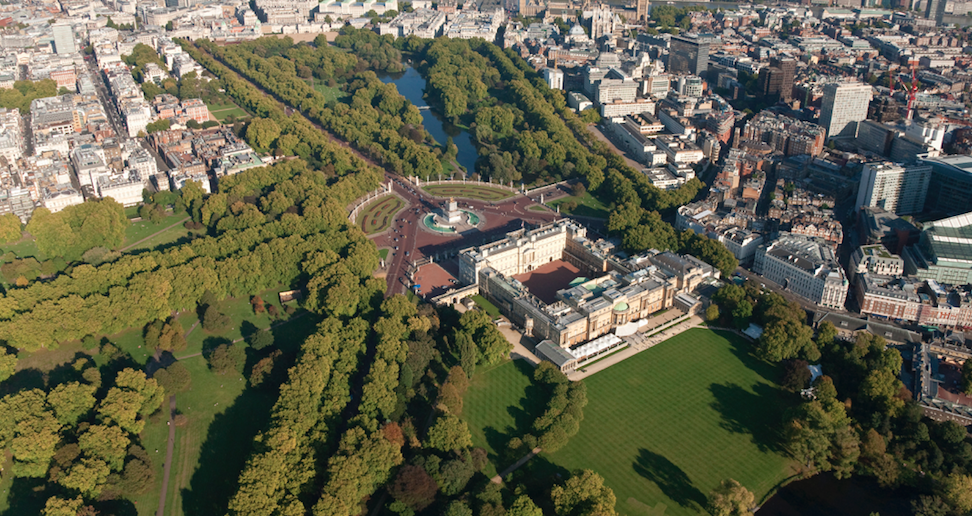
The building of a golf course at the home of the monarch would be met with fierce uproar, but let’s just fantasize for a moment: nine holes (this is just a 39-acre plot) set in the beautiful Palace gardens, a walled oasis in the middle of London, home to 325 wild-plant species, 30 species of breeding birds, and over a thousand trees, including 85 different species of oak.
Getting a game on ‘The Palace’ would be difficult but not impossible. Basically, do something to impress King Charles, like win a Ryder Cup, and you’ve every chance of being offered a tee time and enjoying an overnight stay in the Palace itself, which has its own clubhouse.
As for the course, the central feature is the huge lake that was created in the 19th century. The signature hole is a driveable par-4 3rd that plays alongside the famous 156-metre Herbaceous Border. There is out of bounds everywhere because the Head Gardener hates golf and detests people trampling over his beloved shrubs and plants.







